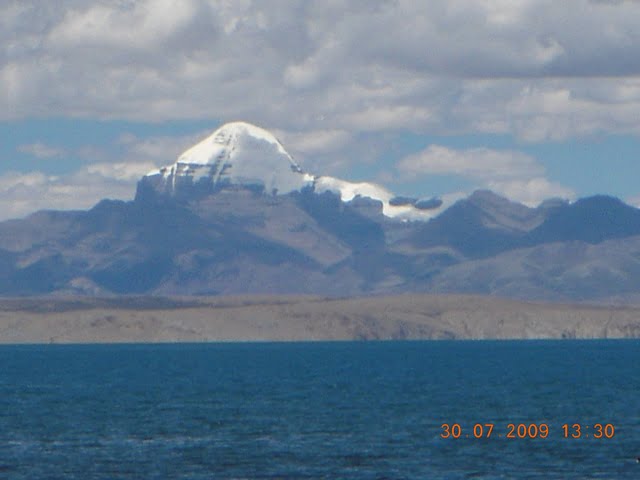Significance of Kailash Mansarovar Yatra
Kailash Mansarovar Yatra is a sacred pilgrimage for Hindus, Buddhists, Jains, and Bonpos. It involves circumambulating Mount Kailash, a peak in the Himalayas considered to be the abode of Lord Shiva, and visiting Lake Manasarovar, a freshwater lake considered to be the source of four major rivers.
Religious Significance:
- Hindus believe that circumambulating Mount Kailash will absolve sins and lead to spiritual liberation.
- Buddhists believe that Mount Kailash is the abode of Demchog, the primordial Buddha.
- Jains believe that Mount Kailash is the place where their first Tirthankara, Rishabhanatha, attained enlightenment.
- Bonpos believe that Mount Kailash is the center of the universe and the abode of their supreme deity, Gyalpo.
Spiritual Significance:
- Kailash Mansarovar Yatra is seen as a journey of self-discovery and transformation.
- The circumambulation of Mount Kailash represents the cycle of birth, death, and rebirth.
- The waters of Lake Manasarovar are believed to have healing and purifying properties.
How to Plan a Trip to Kailash Mansarovar with Safety Precautions
1. Choose a Reputable Tour Operator:
- Select a tour operator with experience in organizing Kailash Mansarovar Yatras.
- Check their safety record and read reviews from previous travelers.
2. Obtain Necessary Permits:
- Indian nationals require a Protected Area Permit (PAP) from the Indian Ministry of External Affairs.
- Foreign nationals require a Restricted Area Permit (RAP) from the Indian Ministry of Home Affairs.
3. Prepare Physically and Mentally:
- The yatra involves high altitudes and strenuous trekking. Start training well in advance to improve your fitness.
- Be prepared for cold temperatures, altitude sickness, and other health issues.
4. Pack Essential Gear:
- Warm clothing, rain gear, trekking poles, first-aid kit, water purification tablets, and other necessary supplies.
- Bring a valid passport, visa, and travel insurance.
5. Follow Safety Guidelines:
- Stay on designated trails and avoid venturing off alone.
- Drink plenty of fluids to avoid dehydration.
- Listen to your body and rest when needed.
- Be aware of altitude sickness symptoms and seek medical attention if necessary.
6. Respect Local Customs and Traditions:
- Dress respectfully and behave appropriately at religious sites.
- Respect the environment and leave no trace.
7. Seek Emergency Assistance:
- Carry an emergency communication device, such as a satellite phone or GPS tracker.
- Be aware of emergency contact numbers and evacuation procedures.
Additional Safety Precautions:
- Avoid traveling during the monsoon season (June-September).
- Be prepared for unpredictable weather conditions at Kailash Mansarovar.
- Inform someone about your itinerary and expected return date.
- Consider hiring a local guide for safety and cultural insights.
- Purchase comprehensive travel insurance that covers medical expenses, emergency evacuation, and lost luggage.
Mount Kailash and Lake Manasarovar are located near each other in the western part of Tibet, close to the borders with Nepal and India. Here are other important sites you can find near Mount Kailash and Lake Kailash Manasarovar:
- Darchen Monastery: This Tibetan Buddhist monastery is located at the foot of Mount Kailash. It’s one of the starting points for pilgrims undertaking the Kailash kora, a sacred circumambulation ritual.
- Guge Kingdom Ruins: This once-powerful kingdom flourished between the 10th and 16th centuries AD. The ruins are scattered across the western part of Tibet, with some located near Mount Kailash.
- Zhada Monastery:This 11th-century monastery is situated near the banks of the Sutlej River. It’s known for its collection of murals and its scenic location.
These are just a few of the many important sites that can be found near Mount Kailash and Lake Manasarovar. The region is a sacred place for followers of Hinduism, Buddhism, Bon, and Jainism, and there are many other pilgrimage sites, monasteries, and temples to be explored.
Kailash Mansarovar Image credit
Lp dde au, CC BY-SA 4.0, via Wikimedia Commons

